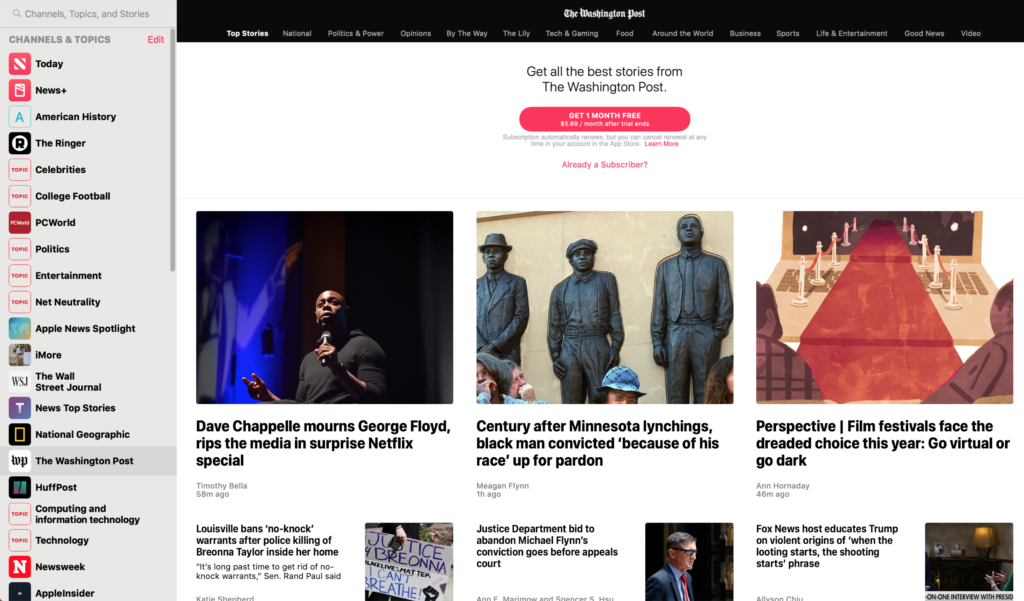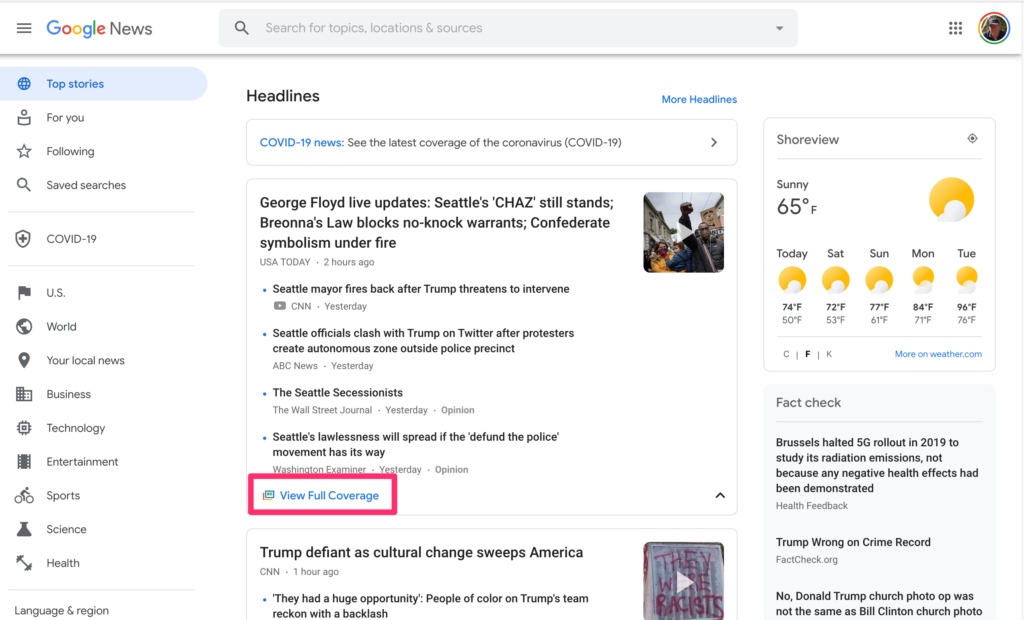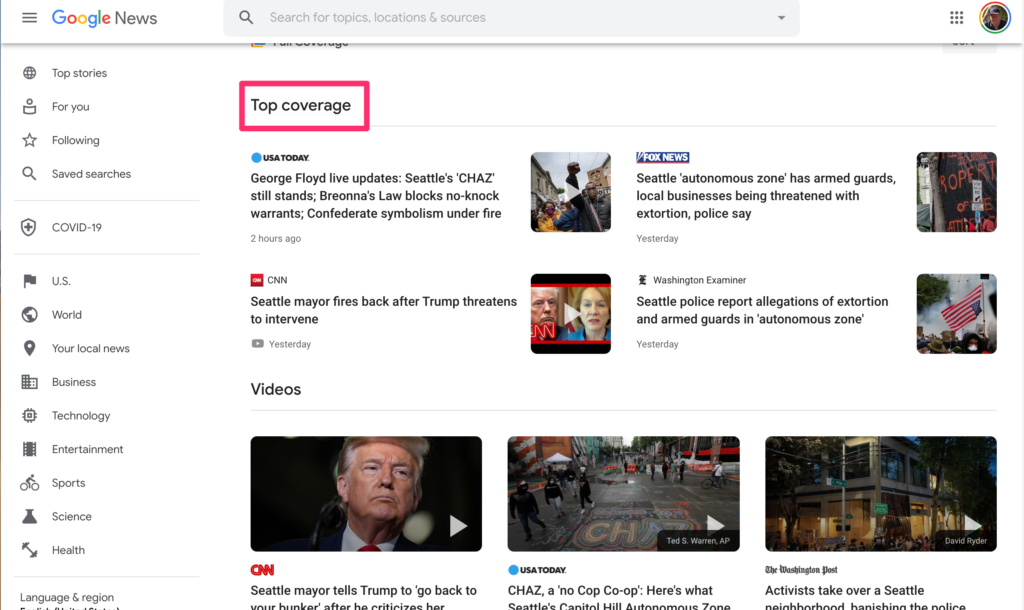A recent article from the Blue Skunk blog (Doug Johnson is about my age and has been blogging about as long) laments the decline of newspapers and the willingness of everyone to read original journalism. He identifies the lack of willingness to pay for a paper or two as a significant issue. There are many great books on the decline of newspapers in the last few years (I happen to be reading Merchants of Truth by Jill Abramson at this time) and all describe the struggles of news sources that employ journalists to collect the news from original sources in an era of declining revenue and free outlets that are mostly opinions and retelling of the content generated by others. There are compounding factors such as the lack of patience for investing time in long form reading and a focus on platforms such as Twitter, Facebook, Buzzfeed, etc. leading individuals to assume they are informed when they are not. Doug urges us to invest in actual news sources as a commitment to reading the news and keeping journalism alive.
Johnson’s post caused me to think about my own reading. I read a lot and a great deal of long form content (books, news articles), but I don’t subscribe to what might be described as a major national news outlet. I subscribe to the Minneapolis StarTribune which I read digitally and we pay for an Apple News+ subscription which offers to a wide selection of magazines, the Wall Street Journal, Los Angeles Times, but not the New York Times or Washington Post. I read articles from the Post and Times when articles not part of the subscriptions are available or until I have exhausted my monthly allotment.
I encourage others to look at two news aggregation services which I use and describe below.
First, is the Apple news aggregator and Apple+ (Apple+ is $10 a month).

This site offers access to a wide variety of quality sources. Try the link even if you are not interested in the paid level. The site seems to work better using Safari and I would recommend this browser if you are interested in the paid level (it knows who you are across devices and this seems to make access easier).
I would also recommend Google’s aggregation site – news.google.com. This site is interesting in the way it organizes content by topic with multiple sources per topic and if you are willing as a way to explore the same story from multiple perspectives.


Google news also makes it clear whether a story is available with or without a subscription to a particular service saving the time and frustration of trying to read content you will not see in full.
![]()

You must be logged in to post a comment.